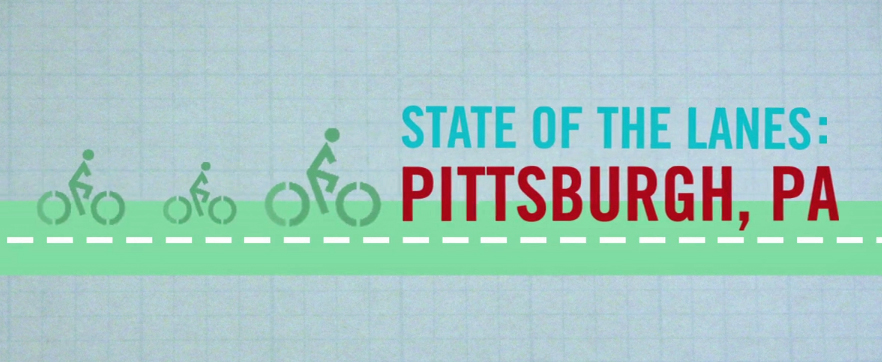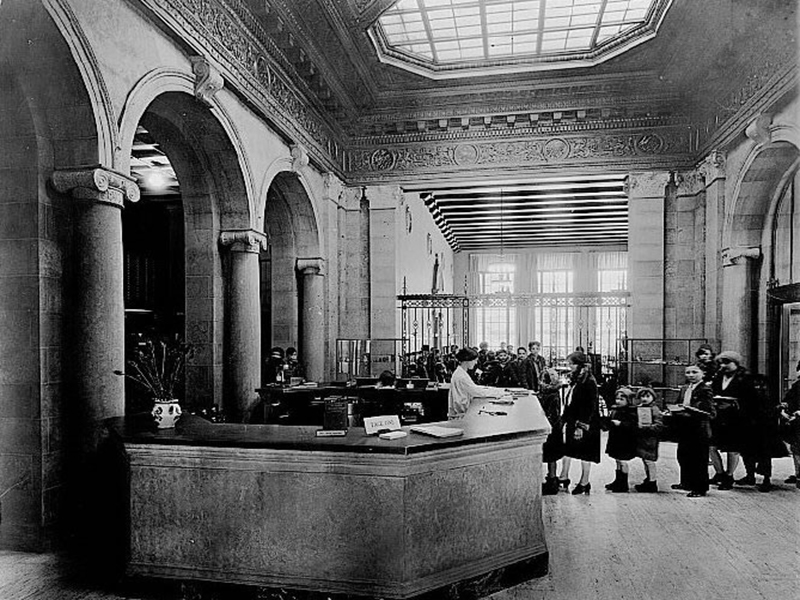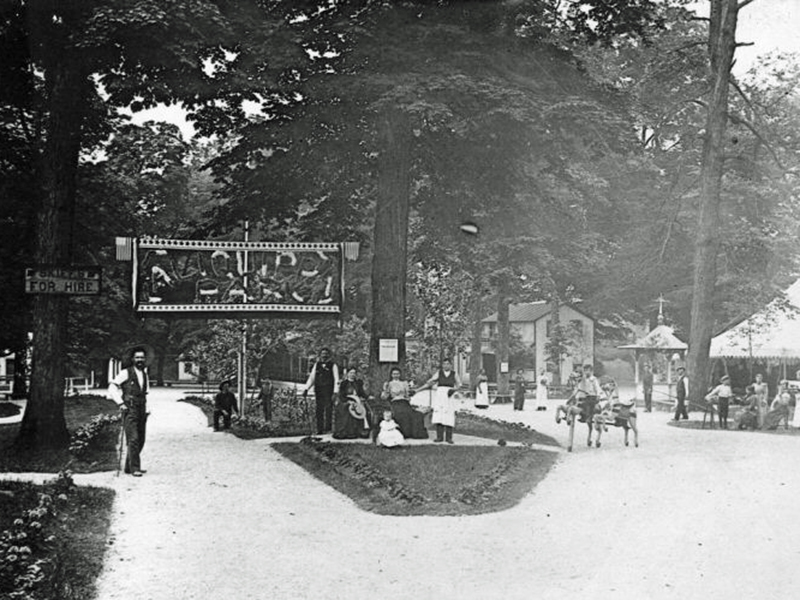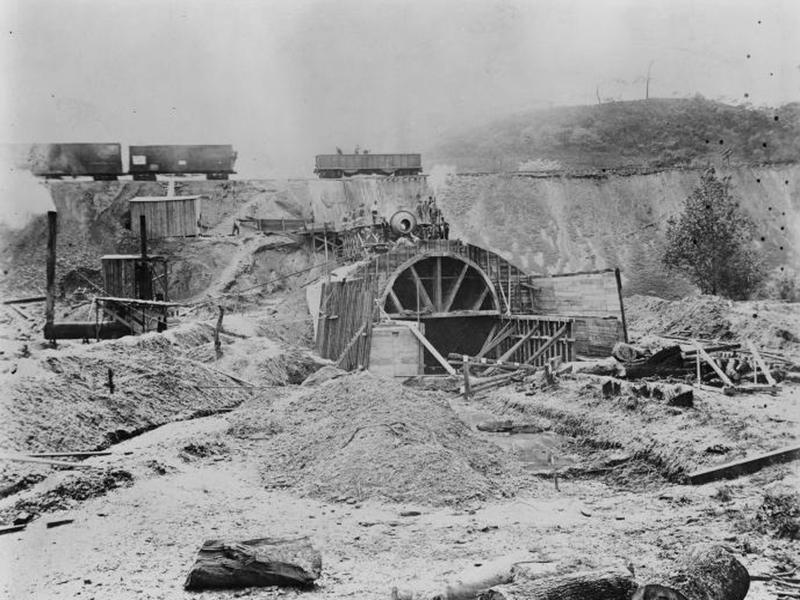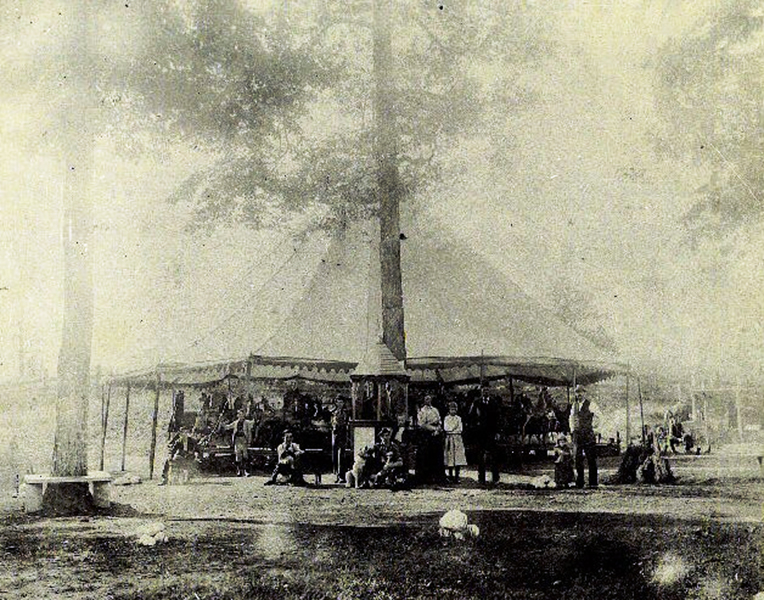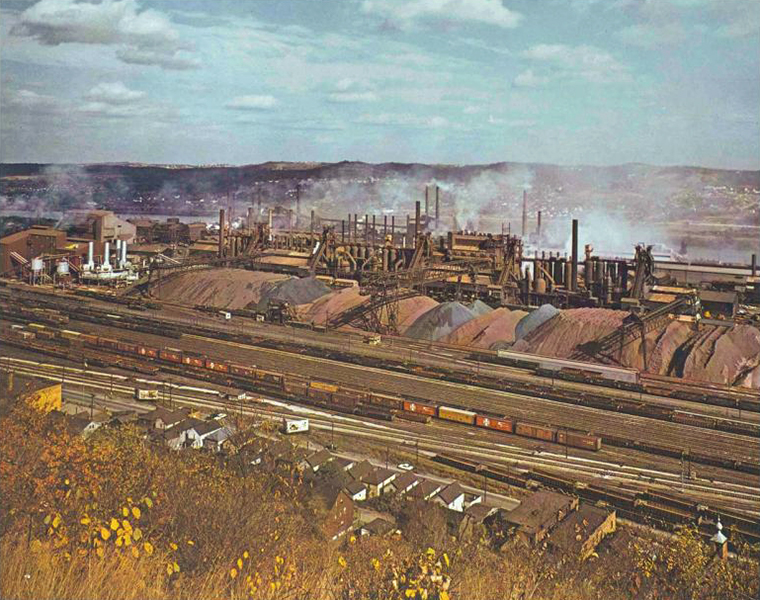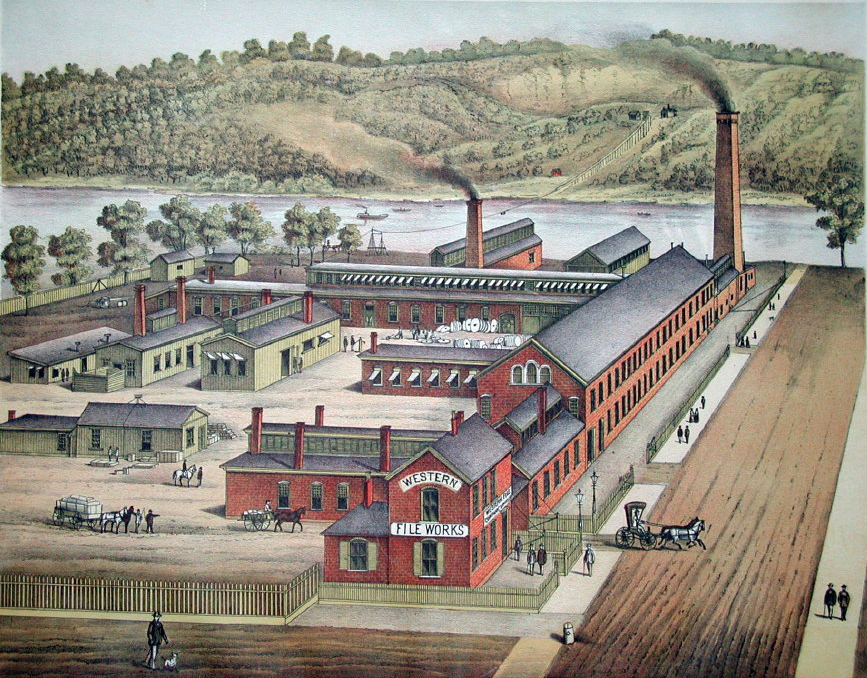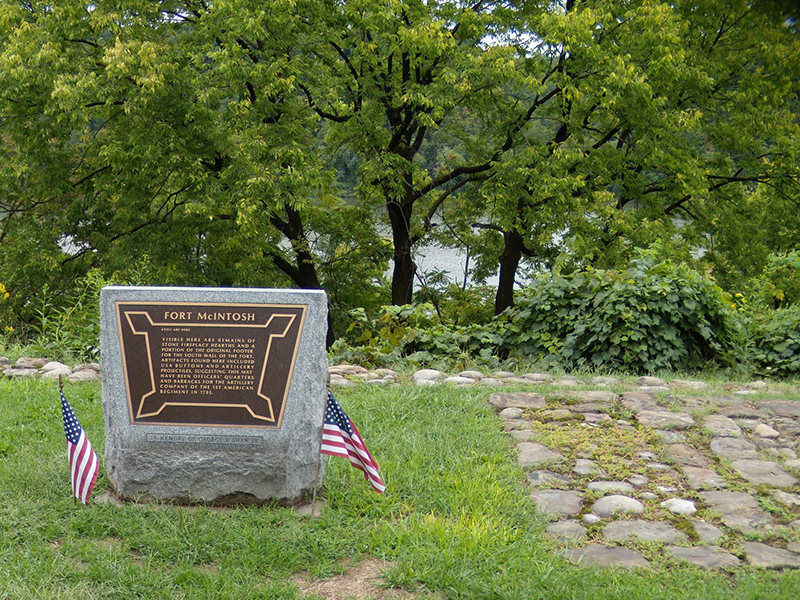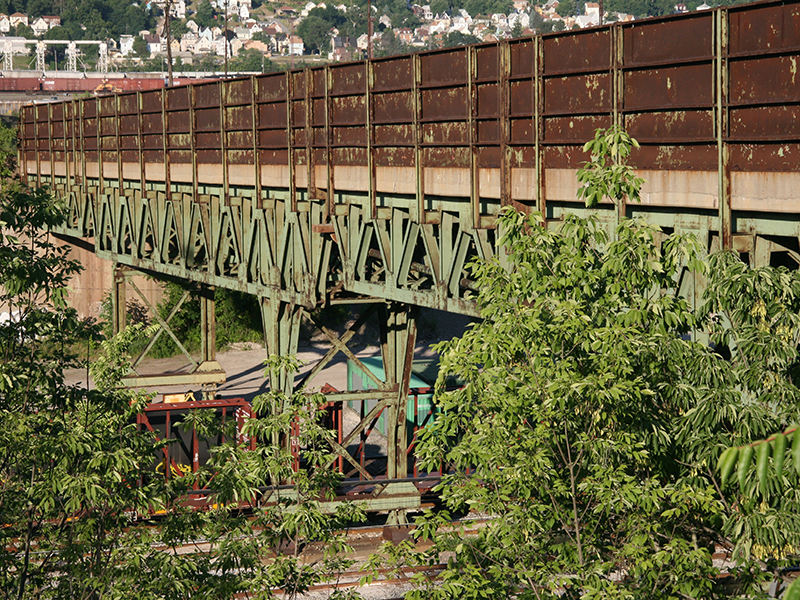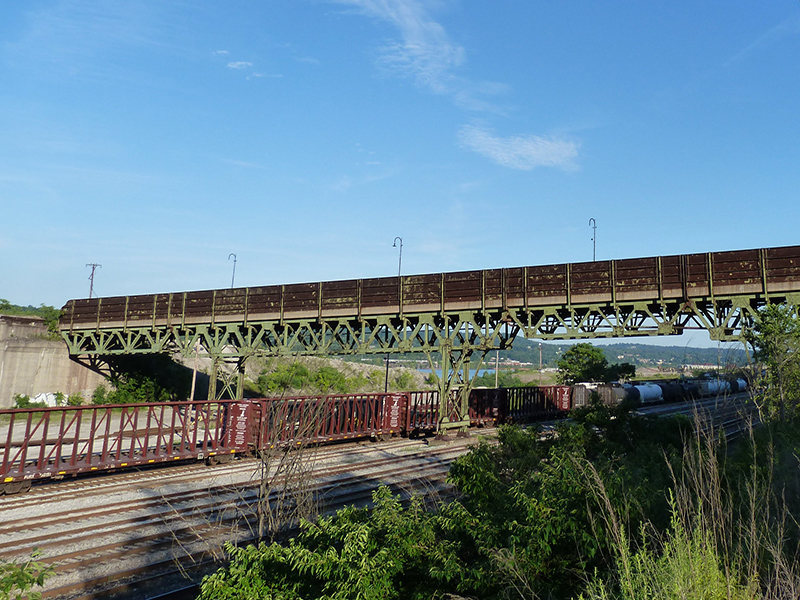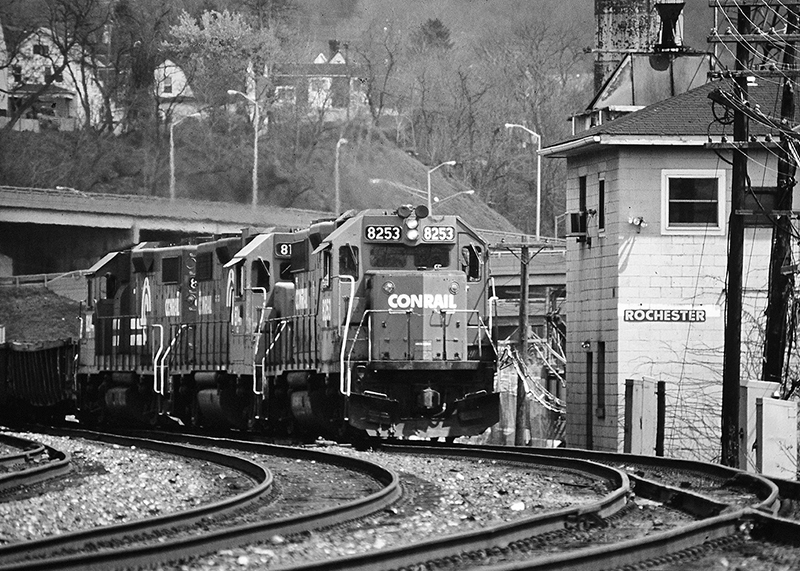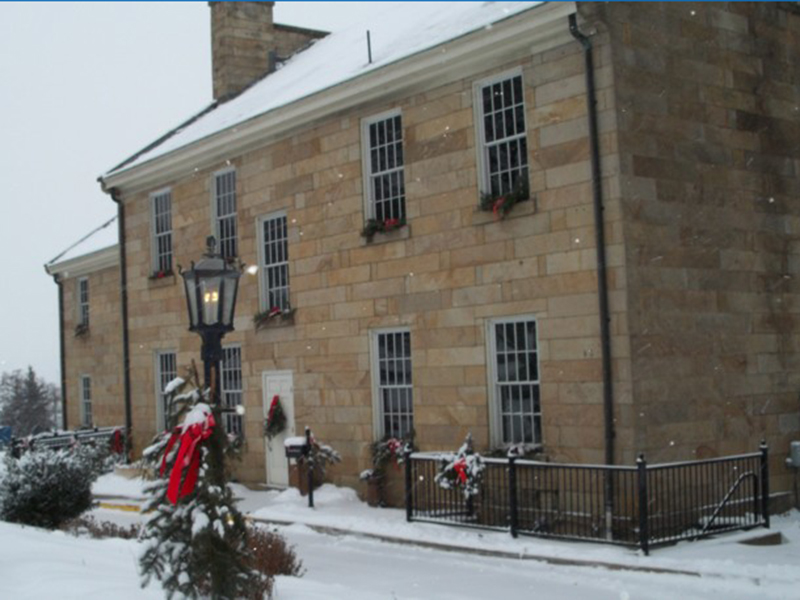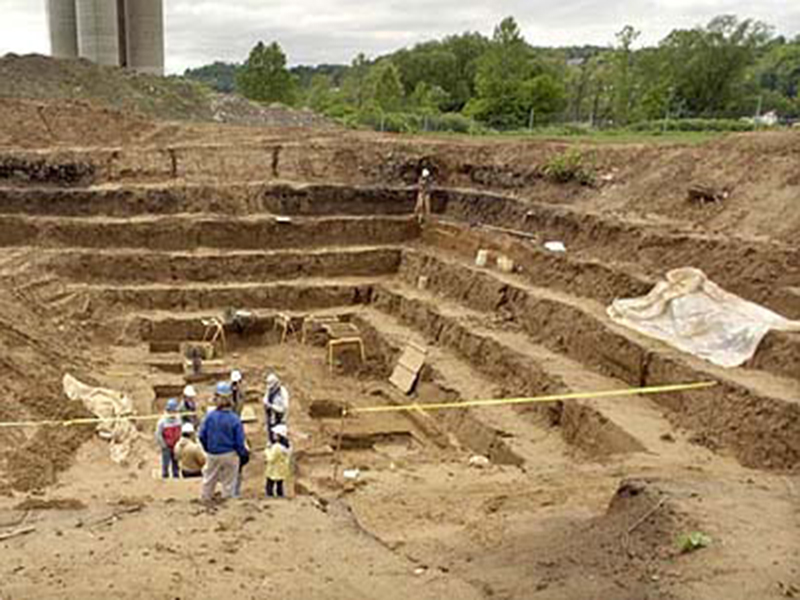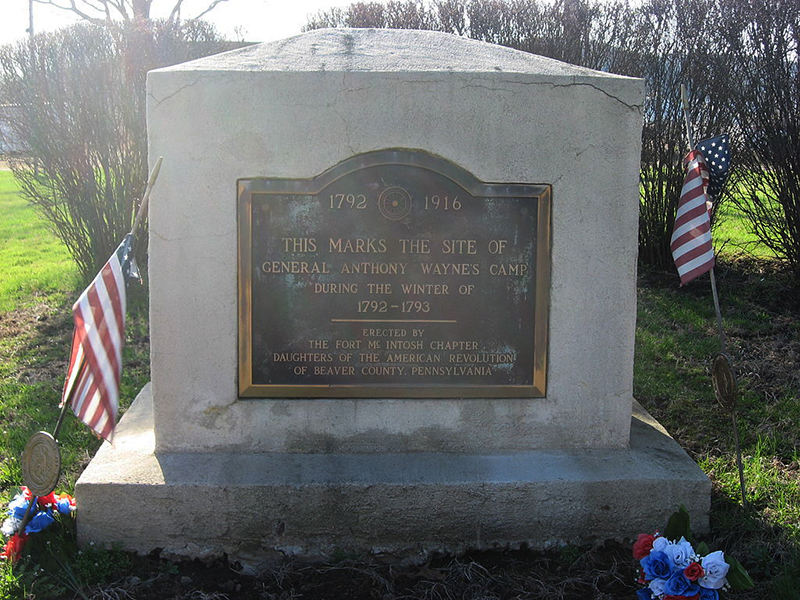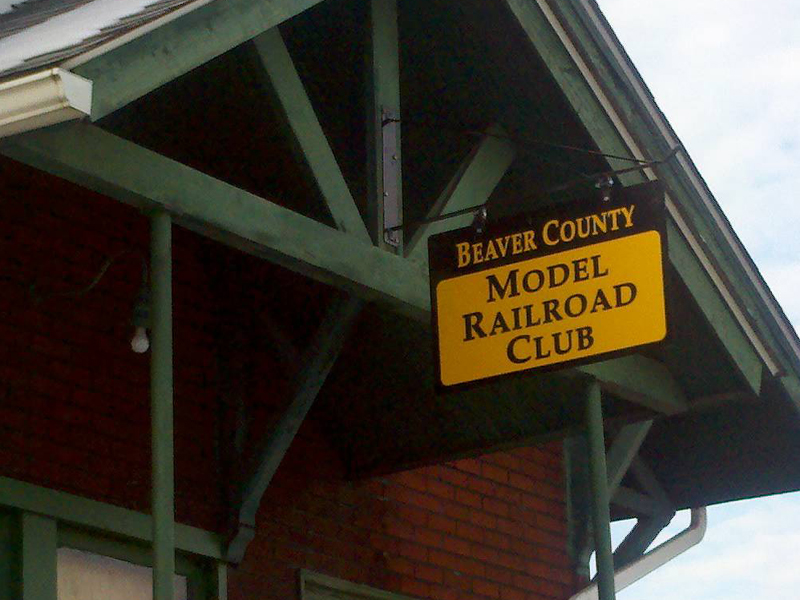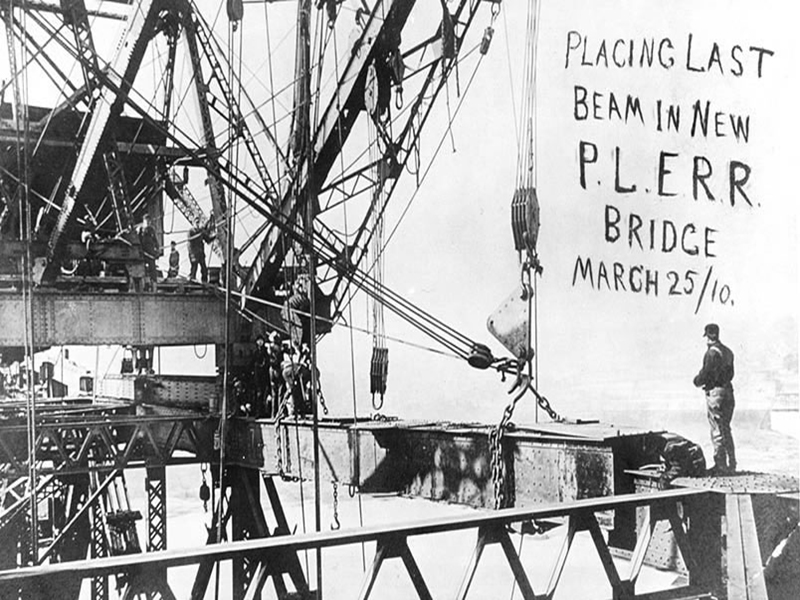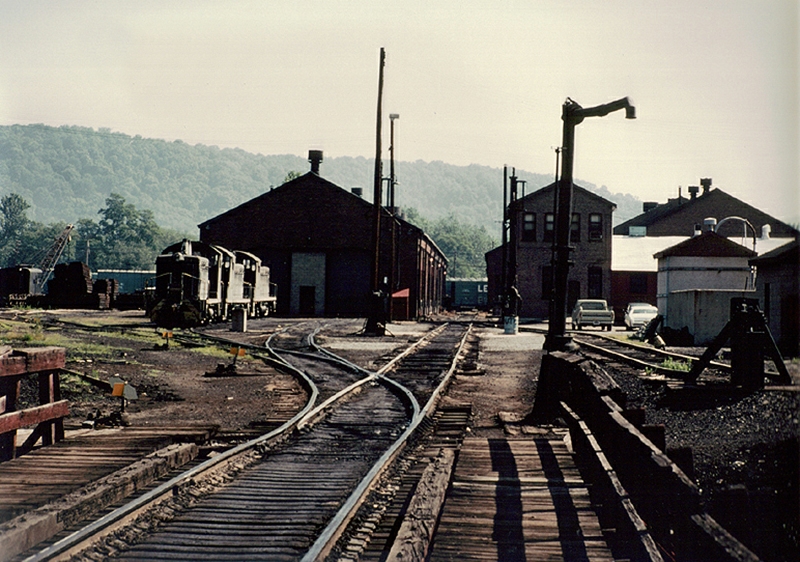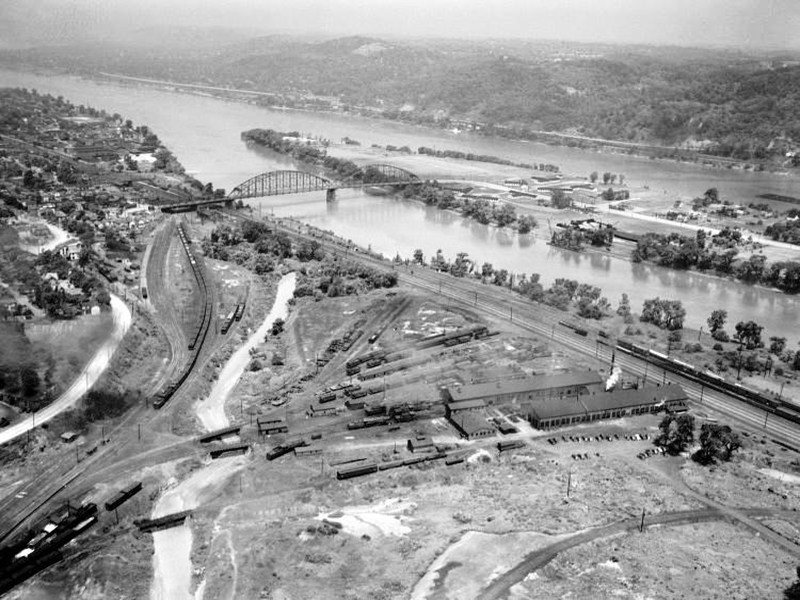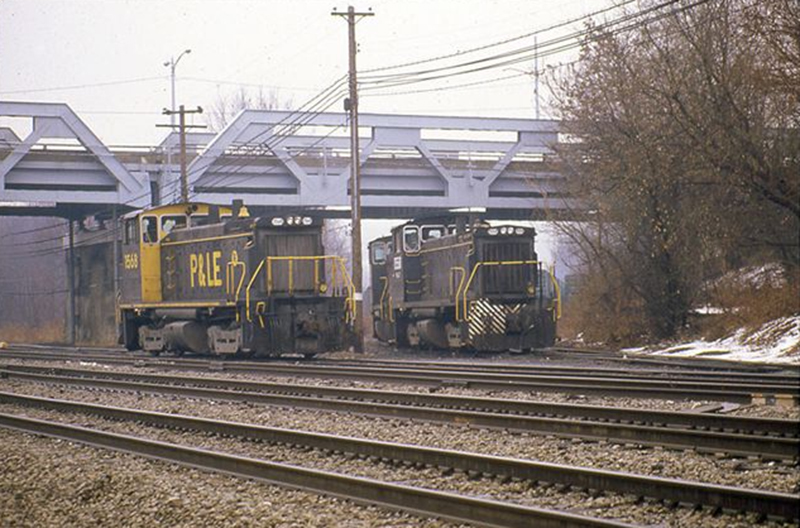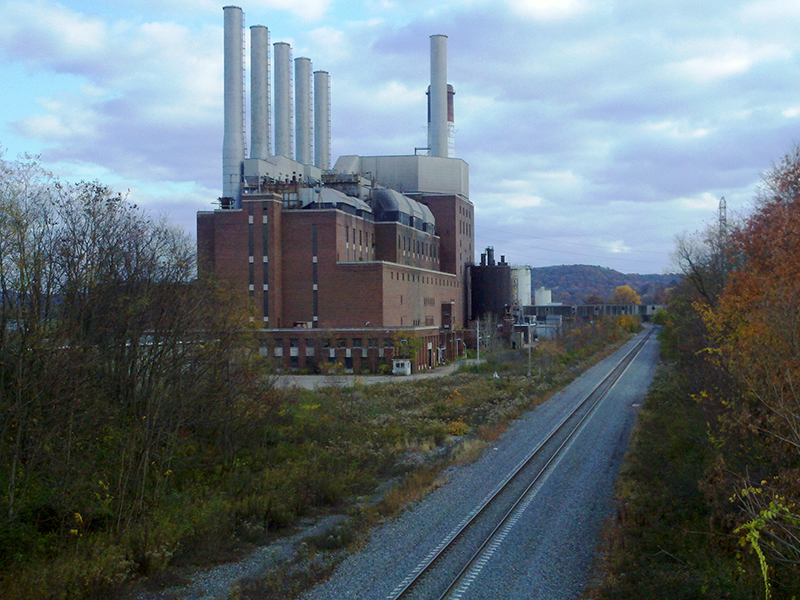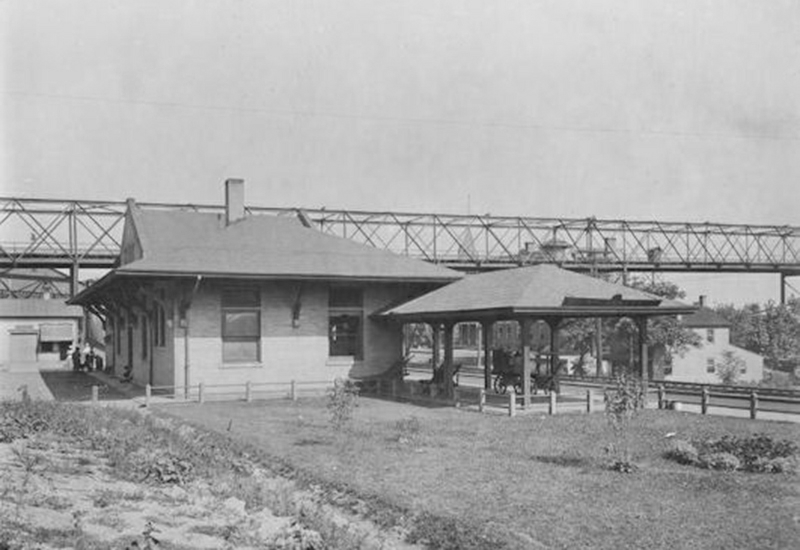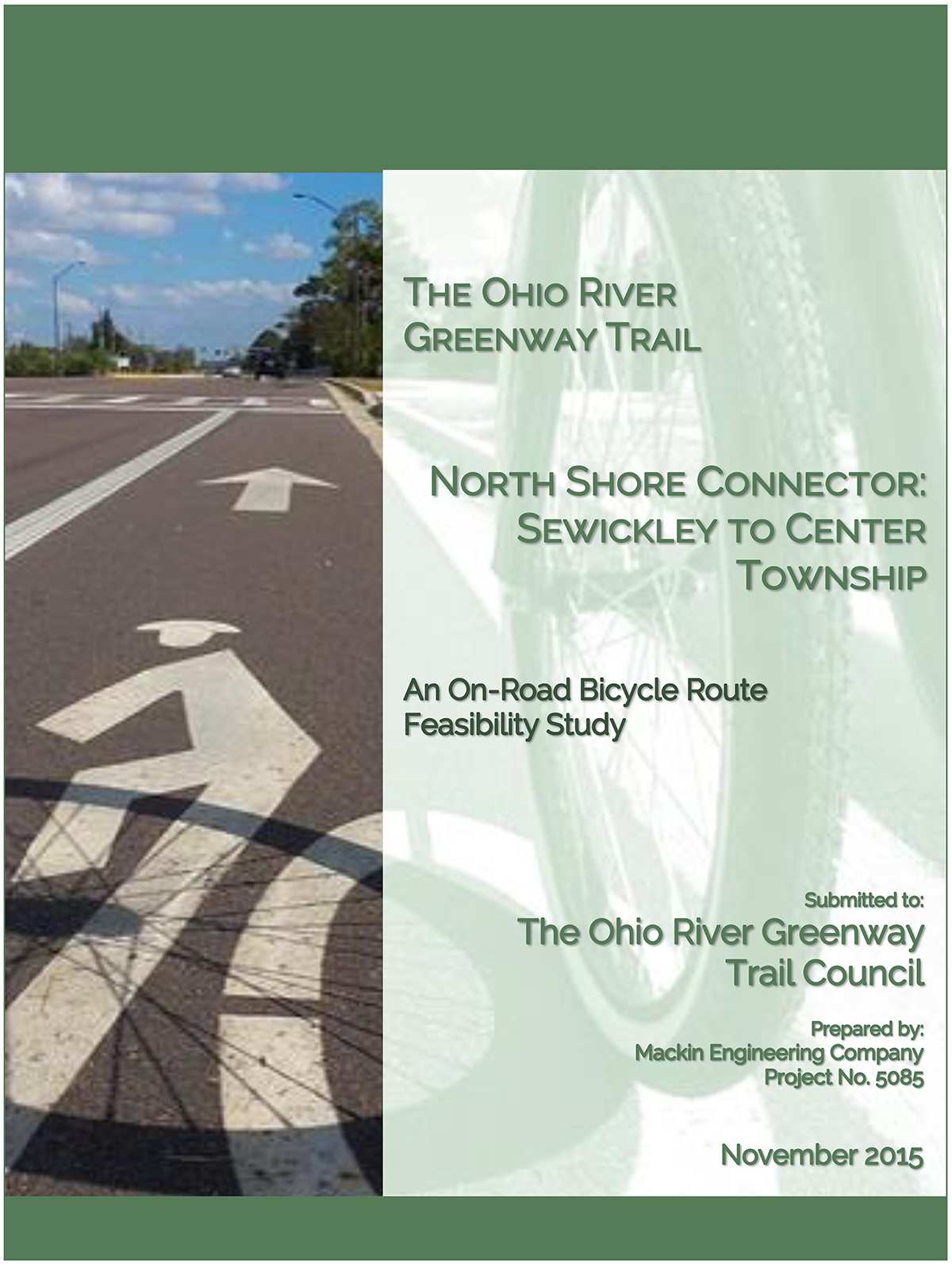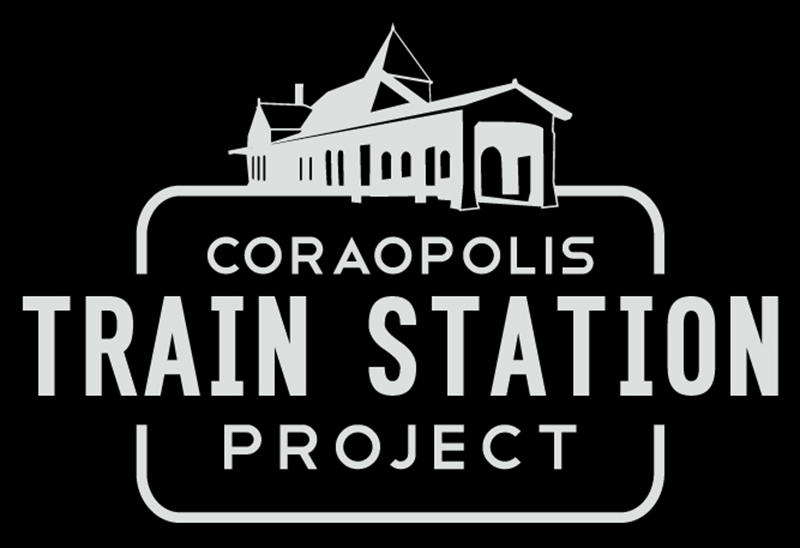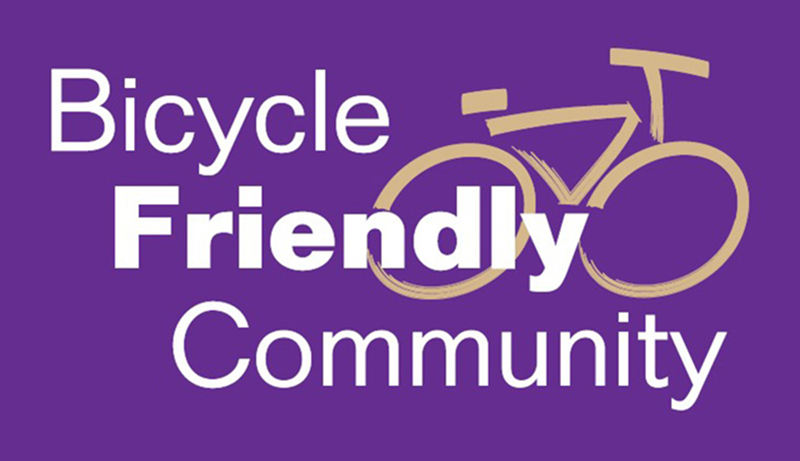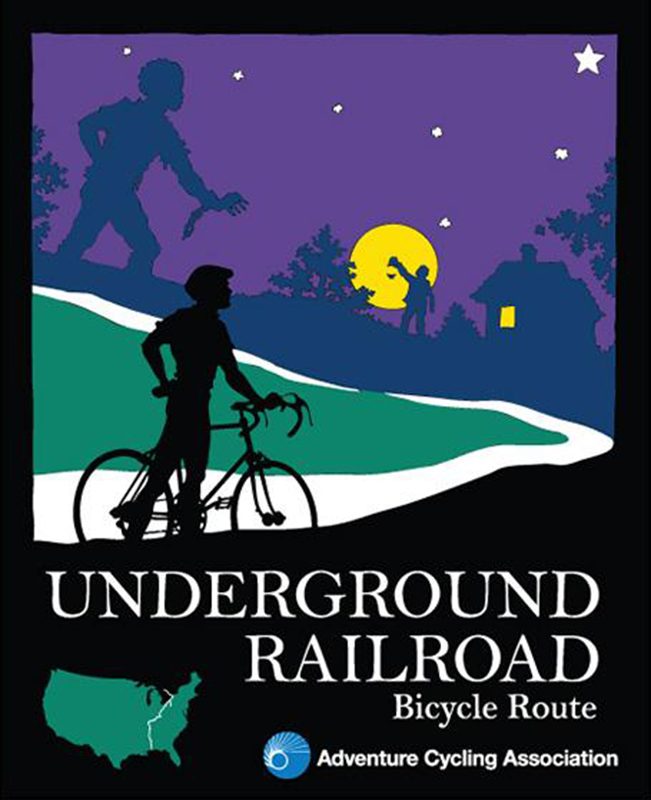
Green Lane Project

Green Lane Project
Bikes Belong, the U.S. bicycle industry organization dedicated to getting more people riding bikes more often, launched the Green Lane Project in 2012. The Green Lane Project establishes a partnership with qualified U.S. cities to provide resources and technical assistance, while expanding the knowledge base about innovative new bicycling designs with the ultimate goal to build excellent networks of bicycling facilities using Protected Bike Lanes or Green Lanes. Protected Bike Lanes are simply sidewalks for bikes or on-street lanes separated from traffic by curbs, planters, parked cars, or posts.
The Green Lane Project campaign is built upon the National Association of City Transportation Officials Urban Bikeway Design Guide (www.nacto.org) and models from European cities using state-of-the-art solutions to develop streets that are safe and enjoyable for bicyclists of all ages and abilities (not just the bold or athletic). PeopleForBikes is a movement to make every bike ride better, whether that ride takes you on trails, down to the grocery store, or all the way across town, because when people ride bikes, great things happen for our bodies and our minds, and our local and global communities.
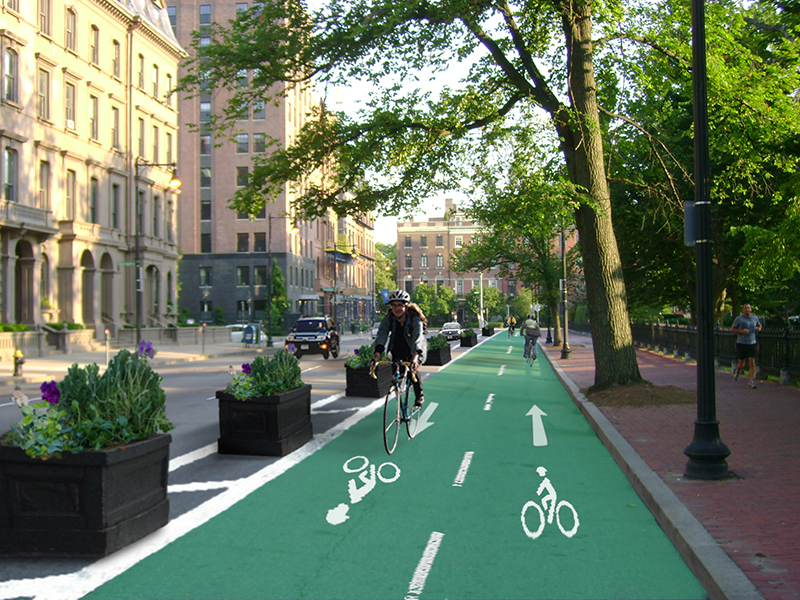
In 2013, the Green Lane Project became a program of the nonprofit PeopleforBikes formerly Bikes Belong. PeopleForBikes has now become a center for the biking community by uniting millions of individual riders, businesses, community leaders, and elected officials to create a powerful, united voice to improve bicycling in America.
On April 28, 2014, transportation officials from across the country, including Secretary of Transportation Anthony Foxx and Pittsburgh Assistant Director of Transportation Patrick Hassett, headlined the national kickoff in Indianapolis, Indiana of an intensive two-year program to build modern Protected Bike Lanes in U.S. cities. The PeopleForBikes Green Lane Project announced that it selected Atlanta, Boston, Denver, Indianapolis, Pittsburgh and Seattle from more than 100 U.S. cities that submitted letters of interest for the program. Selected cities receive financial, strategic and technical assistance valued at more than $250,000 each to build better bike infrastructure, create low-stress streets, and vibrant communities.
Pittsburgh has the winters of Minneapolis, the hills of San Francisco, the narrow streets of Boston, and the long-term population and tax base decline of a rust belt city. In spite of these challenges, the city is succeeding on bikes.
Mayor Bill Peduto is committed to Pittsburgh’s Protected Bike Lane Projects, including, linking the cultural district and the convention center in the heart of downtown to the riverfront trail system. By 2016, Pittsburgh plans to install five miles of Protected Bike Lanes to add to their current 70 miles of on-street bicycle infrastructure, 20 miles of riverfront trails and 7,000 bicycle parking spaces.

Bikes are an integral part of Pittsburgh’s inspiring resurgence. Pittsburgh has realized that improving bicycling translates into improving their communities: making the roads safer for all users, attracting new businesses and top talent, and encouraging physical activity.
Improving bicycle and pedestrian safety is a top priority for the Ohio River Trail Council (ORTC), especially as more and more Americans are choosing these options for getting to work and school. Daily bike use is on the rise. Biking is no longer just a luxury and a sport, but a necessity in many cities. The ORTC is committed to cost-effective projects like these that will mean improved transportation choices, increased safety and a better quality of life for our partner communities along the Ohio River corridor.
State of the Lanes: Pittsburgh, Pennsylvania (Video)
For additional information on the Green Lane Project, visit www.peopleforbikes.org/green-lane-project
Asics footwearnike fashion
